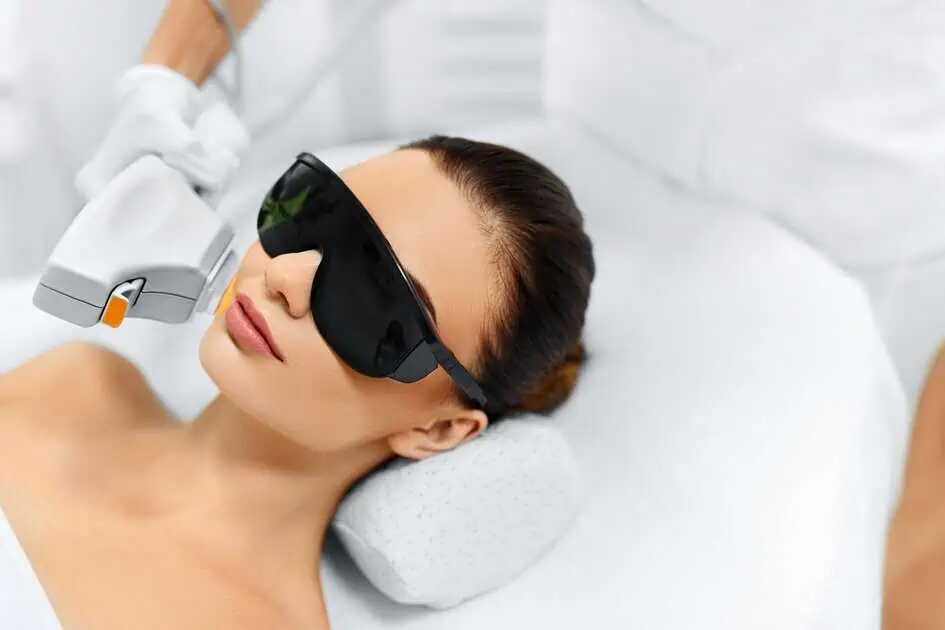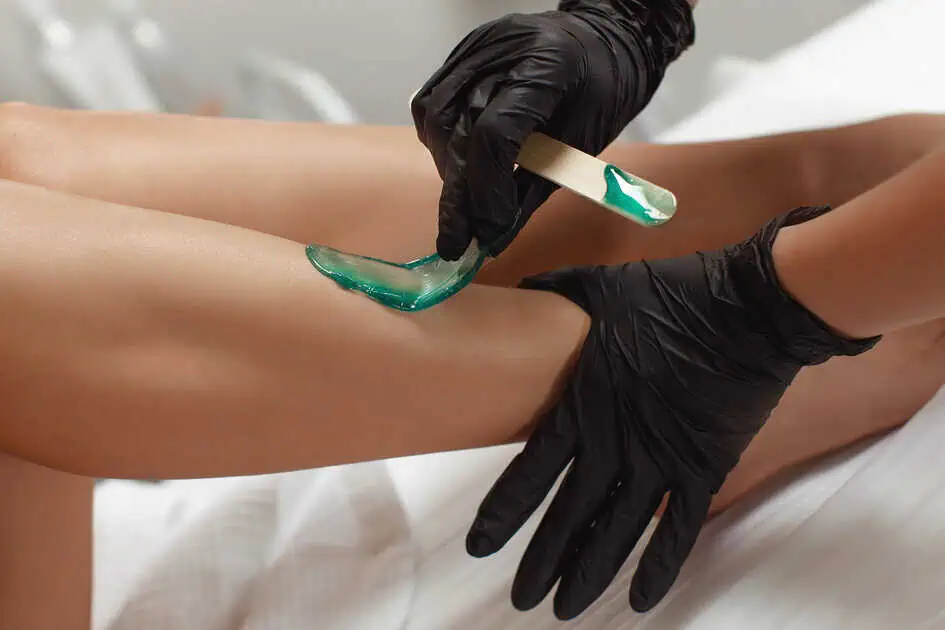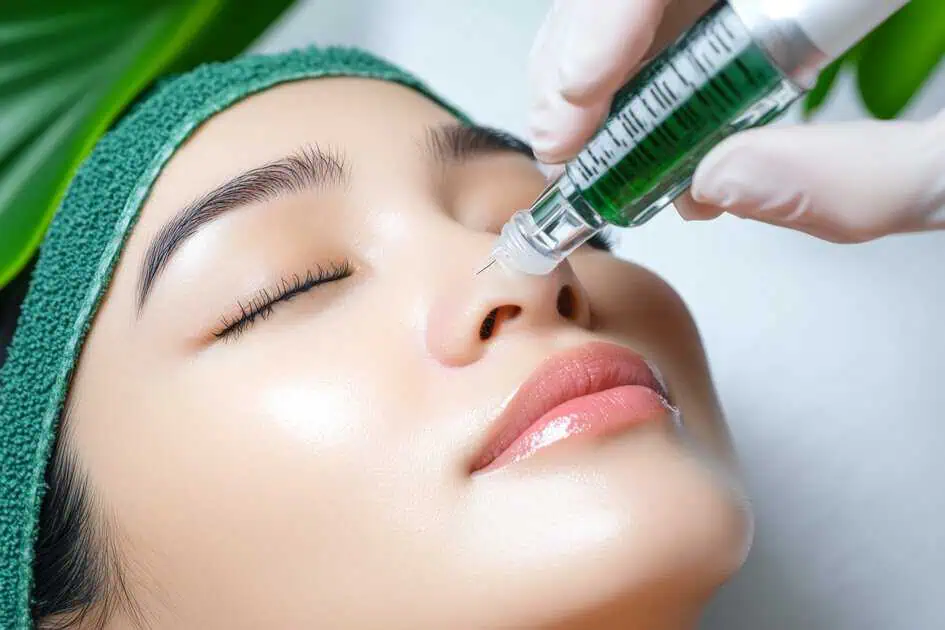Integrating digital media into modern aesthetics has transformed how practitioners approach their work, challenging traditional artistic methods and techniques. With the advent of new technologies, the boundaries of artistic expression have been pushed beyond their limits, and the role of aesthetics in modern society has been redefined.
This article will explore the complex relationship between technology and aesthetics, exploring the challenges and opportunities that arise when these two worlds intersect. We’ll examine how technology has influenced artistic expression and opened new possibilities.
The Evolution of Aesthetic Treatments
Traditional beauty treatments, such as facials, massages, and manicures, have been used for centuries to enhance the appearance of the skin and body. These treatments often rely on natural ingredients and techniques, such as massage and exfoliation, to achieve their desired effects.
However, with the rise of modern medicine and technology, aesthetic treatments have undergone a significant transformation. The development of laser technology, for example, has enabled practitioners to perform non-invasive treatments that can recede the signs of aging, such as wrinkles and fine lines.
Additionally, injectable treatments, such as Botox and dermal fillers, have become increasingly prevalent in recent years. These treatments can provide instant results with little downtime, making them popular for those seeking quick and effective aesthetic improvements.
Furthermore, digital media advancements have also impacted how aesthetic treatments are marketed and communicated to the public. Social media platforms like Instagram and YouTube have become powerful tools for aesthetic practitioners to showcase their work and reach a wider audience.
Advantages Of Technology In Aesthetic Treatments
Using technology in aesthetic treatments has brought numerous advantages and benefits to practitioners and patients alike. Technology has transformed how we approach aesthetic treatments, from improved precision to reduced recovery time.
One of the main perks of technology in aesthetic treatments is its increased precision. Lasers, for example, allow practitioners to target specific areas with greater accuracy, reducing the risk of damage to surrounding tissue. Additionally, digital imaging technology can help practitioners create more accurate treatment plans and simulations, allowing patients to visualize the results of their treatments before they even begin.
Another advantage of technology in aesthetic treatments is the reduced recovery time it offers. Traditional surgical procedures often require extensive downtime and recovery, which can be inconvenient and uncomfortable for patients. However, non-invasive treatments, such as laser therapy and injectables, can provide significant improvements with little to no downtime required.
Furthermore, technology has also allowed for the development of new and innovative treatments that were once unimaginable. For example, ultrasound technology can tighten and lift sagging skin. In contrast, radiofrequency treatments can stimulate collagen production and diminish fine lines and wrinkles formation.
In addition to these benefits, using technology in aesthetic treatments has improved safety and reduced the risk of complications. Advancements in technology have allowed practitioners to use more precise and less invasive techniques, reducing the risk of scarring, infection, and other complications associated with traditional surgical procedures.
The Commonality Of Aesthetic Treatments Incorporated With Technology
Aesthetic treatments that incorporate technology have become increasingly common in recent years. Technology has become ubiquitous in aesthetics, from non-invasive procedures to advanced surgical techniques.
Laser therapy is one of the most common aesthetic treatments incorporating technology. This non-invasive treatment uses laser energy to target specific areas of the skin, facilitating collagen synthesis and reducing the formation of fine lines, wrinkles, and other imperfections. Another popular non-invasive treatment is radiofrequency therapy, which uses radio waves to heat the skin and stimulate collagen production, resulting in tighter, smoother skin.
Injectables like Botox and dermal fillers have become incredibly common recently. These treatments use injections to add volume to the skin, reducing the formation of wrinkles and other signs of aging. In addition, they can be used to contour and enhance facial features, such as lips, cheeks, and jawlines.
Furthermore, digital imaging technology has become increasingly common in aesthetic treatments. This technology allows practitioners to simulate potential treatment outcomes, allowing patients to visualize the results before committing to a treatment. Additionally, it can be used to track progress and make adjustments throughout the treatment process.
While using technology in aesthetic treatments is common, it is essential to note that not all treatments are created equal. Patients must research and seek qualified practitioners with experience and training in the specific treatment they are interested in.
The Future of Technology in Aesthetic Treatments
One of the most bright areas of development is using artificial intelligence (AI) and machine learning (ML) in aesthetic treatments. These technologies have the potential to enhance the precision and accuracy of aesthetic procedures, as well as improve patient outcomes. For example, AI and ML can be used to analyze patient data and develop personalized treatment plans tailored to each patient’s unique needs.
Another development area is using virtual and augmented reality in aesthetic treatments. These technologies can provide patients with a more realistic preview of the results of their treatment, allowing them to make more educated conclusions about their care. Additionally, virtual and augmented reality can enhance the patient experience by creating a more immersive and engaging treatment environment.
Robotics is also an emerging technology that is foreseen to play a momentous role in the aesthetics industry in the future. Robotic technology can perform minimally invasive procedures with greater precision and accuracy, reducing the risk of complications and improving patient outcomes. Additionally, robotics can also be used to perform specific procedures remotely, allowing practitioners to treat patients needing access to a qualified practitioner in their area.
Takeaway
If you’re interested in staying up-to-date with the latest technology and techniques in the aesthetics industry, consider enrolling in courses at Mandalyn Academy. With a focus on hands-on training and cutting-edge technology, Mandalyn Academy provides students with the skills and knowledge they need to succeed in the ever-evolving aesthetics industry.
Whether you’re looking to start a career in aesthetics or are a seasoned practitioner looking to expand your skillset, Mandalyn Academy offers a range of courses and programs to meet your needs. From injectables to laser treatments to advanced skincare, there is a course for everyone at Mandalyn Academy.
With experienced instructors and state-of-the-art facilities, Mandalyn Academy is committed to providing students with the best education and training. So why wait? Take the first step towards a successful aesthetic career by contacting and enrolling in a course at Mandalyn Academy today!




